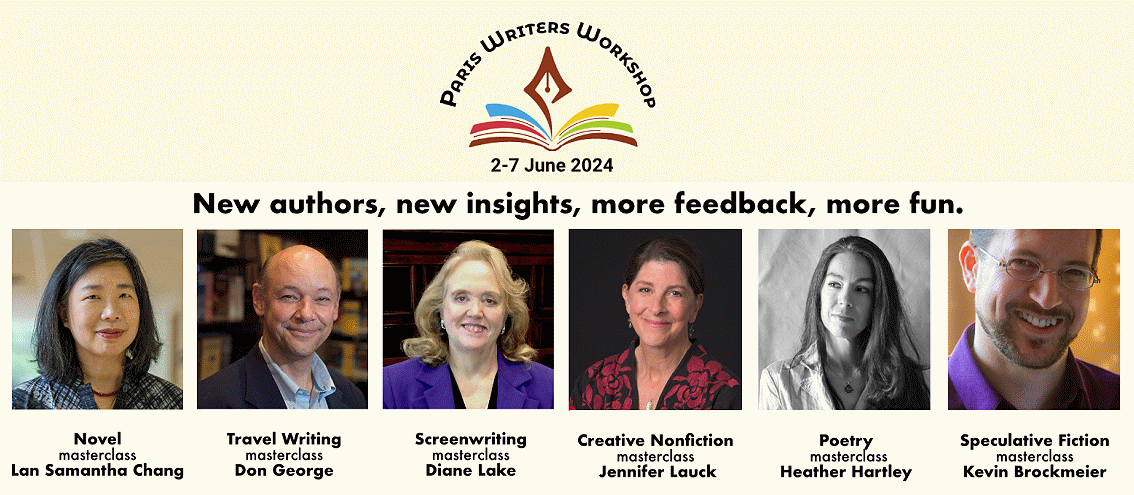
From Idea to Script to Sale





Before I get to today’s blog…
Thinking about doing more with your writing? Why not join me in Paris June 2-7 for my Masterclass in Screenwriting? Come be part of a dynamic community of writers and literary agents to learn, to write, to network, to energize your literary goals—and just to have fun in the City of Light!
The Paris Writers Workshop is the longest running literary program of its kind. This program offers 6 masterclasses by renowned authors, each a specialist in their field—and I’ll be teaching the Screenwriting Masterclass—in English, of course.
The workshop will be held at Columbia University’s beautiful Reid Hall campus in the heart of literary Paris—Montparnasse.
Registration is now open: https://wice-paris.org/paris-writers- workshop
We’ll have a great time getting your story ideas off the ground!!

Seeing Stories Everywhere--3
For the last two weeks, we’ve been looking at where stories come from. I threw out the idea that it’s a two-part process. First, you notice something you hadn’t noticed before—and you do this by really looking at the environment around you. And second, you then cultivate that observation into a story.
I used the example of the caterpillar who appeared on my screen one day and hung around for three days before disappearing. End of story, you might say. But for me, that was only the beginning. Because he should have been there. So where was he? What are you supposed to do with that?
You morph it into a story. Instead of just saying, ‘oh well, it took off—no story there,’ you say, ‘Hmm…what if it hadn’t taken off? OR what if it was hiding out from an enemy caterpillar? OR what if the spider—who was on the same screen as the caterpillar—wrapped the caterpillar in a web and wouldn’t let it go? OR what if the caterpillar was on the screen by day and at night headed across the terrace to chomp on some grass before returning to the screen the next morning? OR what if a cat saw the caterpillar and thought it might make a tasty morsel and ate it? OR what if we flashed back to what motivated the caterpillar to head for the screen in the first place? OR what if the screen belonged to a young girl who worried the spider might get the caterpillar so she brought the caterpillar into her room?‘
And on and on and on.
Each of those ideas has potential. And you can no doubt come up with tons more. But once you have your list, you have to choose. Or you can combine two or three of them. How do you choose, though?
Well, you just do. You take the one that you feel would be the most fun to write, and then you begin. In this case, we’re talking about a story set in the world of nature—so maybe you watch some documentaries or movies like Watership Down to inspire you. And then you start putting yourself in the place of the caterpillar. You create a multi-dimensional caterpillar, you give it human characteristics that your audience can relate to-- after all, you’re not writing this for the caterpillar world, are you? And then you create that world.
Because that’s really what you’re doing with every story you write—you create the character and you create that character’s world. Two steps, how hard could that be?
So hard most people can’t do it. Most people don’t even try. And every time you do follow through on creating a character and the character’s world, you could fail. You could write a mediocre story that, at the end of the day, makes you feel like you’ve wasted your time. But believe me, you haven’t. Each mediocre story is just a stepping stone to writing that great story that’s in you—it just takes time and practice.
But don’t forget—it all begins with looking and seeing something different and then cultivating that observation into a story. Two steps. Two incredibly difficult steps. But when you’re done? Incredibly satisfying.
Copyright © Diane Lake
25Oct20